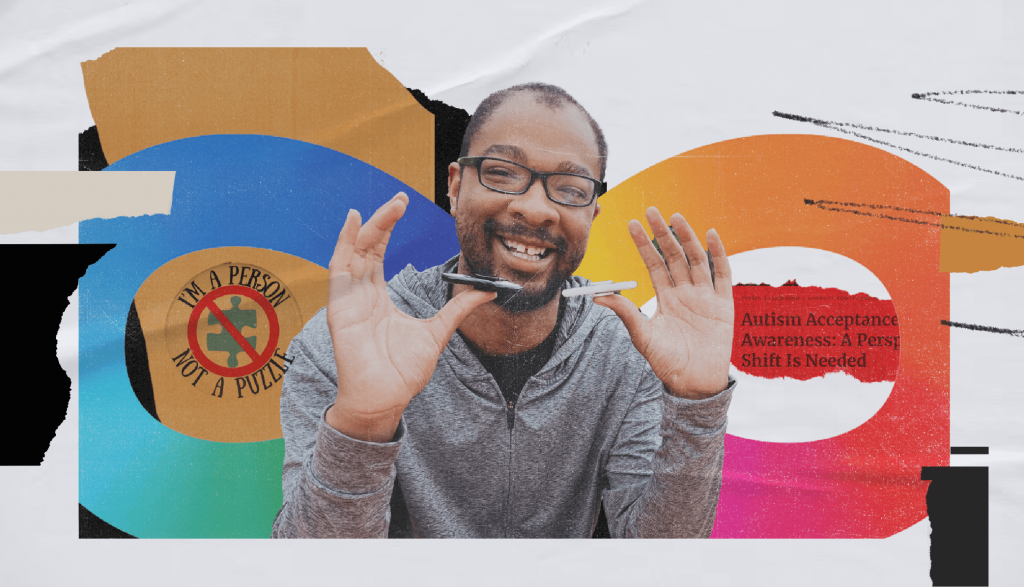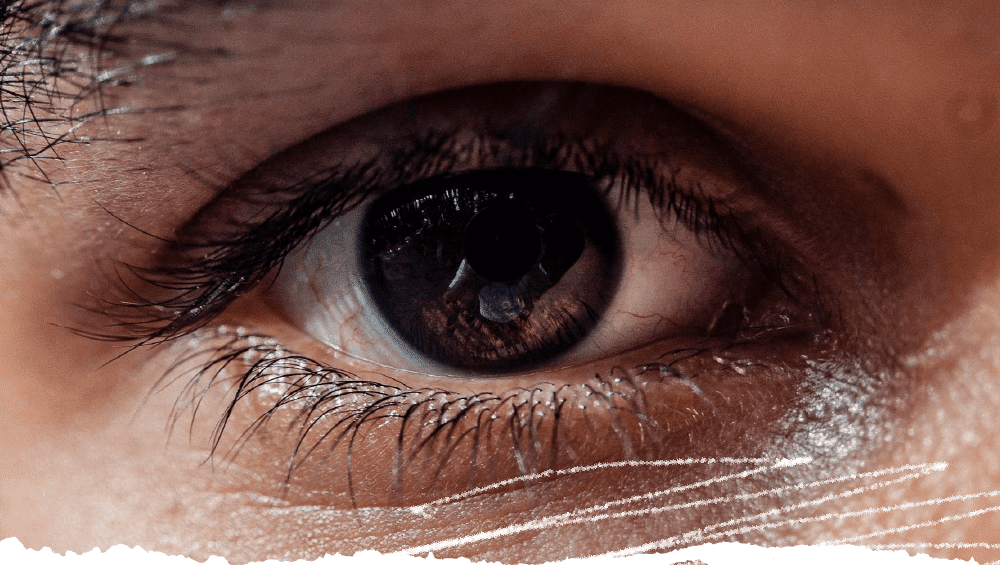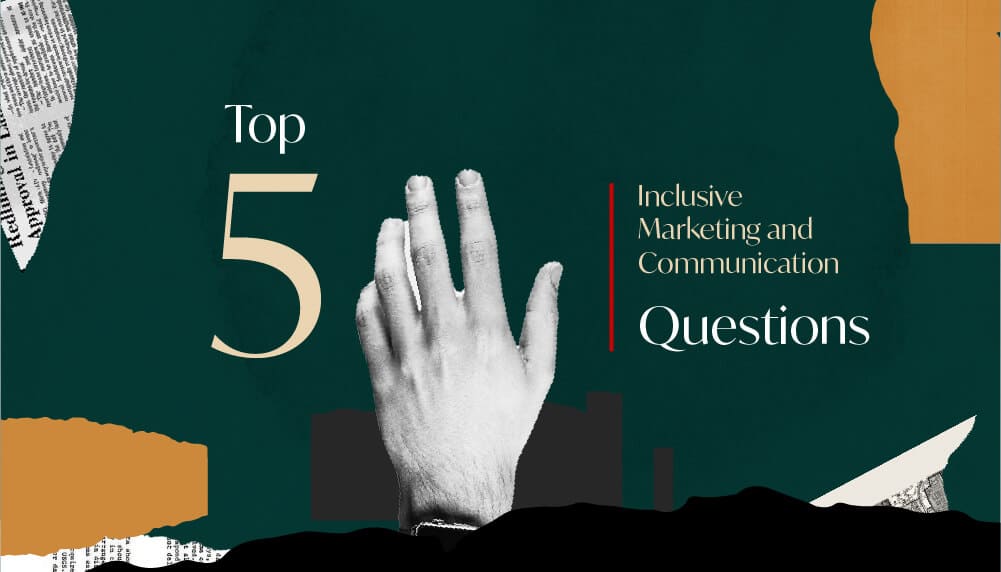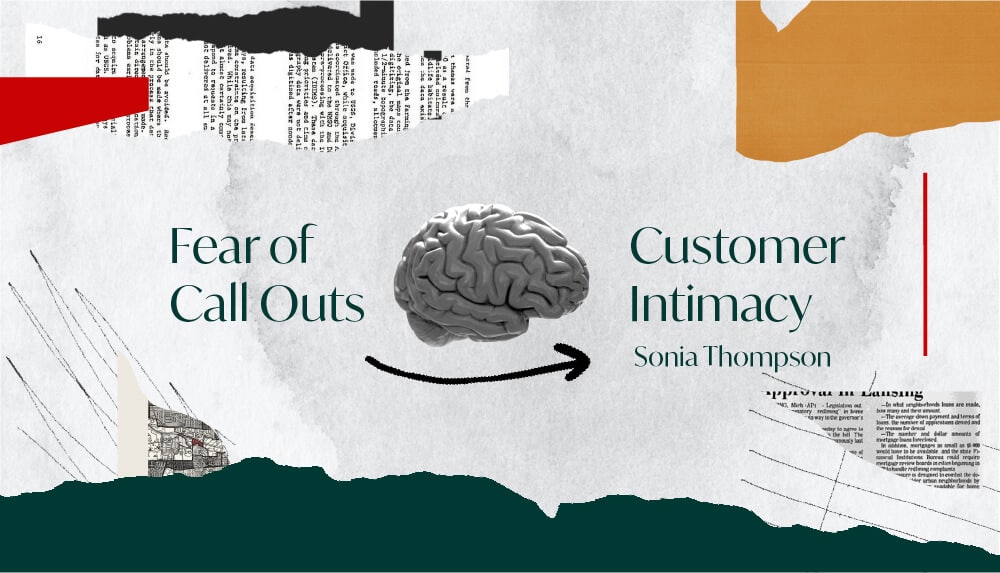I’m not a marketing expert, let’s get that out of the way. So when a team member from the marketing department at my last workplace asked me to write a blog during our holiday campaign for millions of potential customers, I was more than a little confused. We were embarking on our first ever holiday gift guide for non-binary folks with a ‘gifts for them’ blog alongside the traditional ‘gifts for her’ and ‘gifts for him’ guides. As I leaned in, I got creative, silly, and reached out to friends to get their recommendations on gear they love. Did this take longer than merchants picking products that sold well and writers banging out the blog over their first coffee? Absolutely. So why do it?
Embedded in the blog and chosen products were tongue and cheek references to queer culture, our collective struggles and celebrations. Subtle, but definitely present. Kind of like: if you know, you know…ya know? The result: the blog performed extremely well with hundreds of comments and shares from individuals, communities, and organizations celebrating the story and the company, not just the product. It was one of the first times a national retailer spoke to the non-binary community – through their own voice. My voice. And it really landed. It wasn’t marketing expertise that made the blog the success of the season, it was the authentic perspective.
“They were struggling, and for once, they were being treated like everyone else.”
The most memorable part of that campaign for me wasn’t the impressions and KPIs, it was when I received an email from a parent of a trans kid whom she said felt seen for the first time by a retailer. They were struggling, and for once, they were being treated like everyone else. As a 12yr+ diversity and inclusion professional as well as a trans person of colour, this brought home the ‘why’ behind my passion to change how we work. I want everyone to feel seen. We can do better business by being better people.
“It was one of the first times a national retailer spoke to the non-binary community – through their own voice. My voice. And it really landed.“
I tell this story not to promote my product promotional skills! I tell it because it offers some very tangible, viable ways to include voices from within the community you are targeting, while reaching (exceeding in this case) your business goals. I’ll get to the ways you can achieve this in a minute.
Firstly, let’s address the skepticism we all naturally have when confronted with change. You may want to point out this is a case study, not a golden rule. Is this an anecdote from my past? Yes. Is this an exception? No. And here’s some research to prove it.
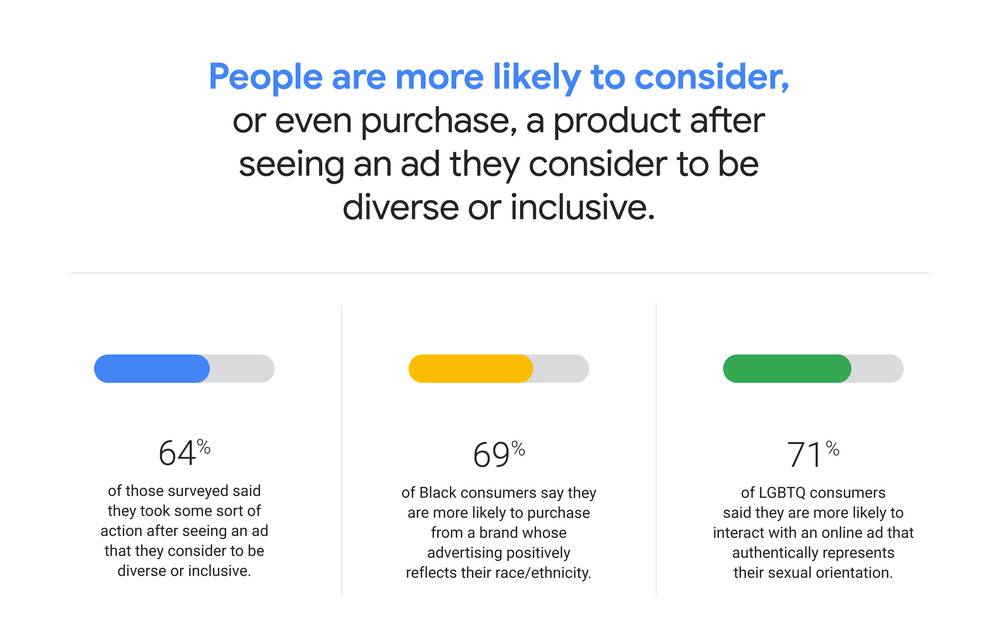
A 2019 consumer survey by Google and The Female Quotient revealed that 64% of all respondents took some action after seeing an ad they considered to be diverse or inclusive; and the numbers increased considerably for Black and LGBTQ respondents (as an industry standard, a good engagement rate is up to 6%, this is over 10x that).
How could this exponential difference exist from the norm? As today’s consumer’s personal profile evolves through intersecting political, sexual, ethnic, and cultural identities, so too does their consumer behaviour. Marketing strategies need to follow suit by being both diverse and inclusive.
Industry leaders are waking up to this reality. Rita Mitjans, ADP’s chief diversity and social responsibility officer, says: “Diversity is the ‘what’; inclusion is the ‘how’.” It isn’t simply showcasing different faces on the surface of the ad, it’s about telling the stories behind the faces and having that story connect with your target audience, authentically.
Now getting back to tangible and viable ways you can achieve this – don’t worry, I didn’t forget about you!
Want to build an upcoming campaign and ensure you are reaching the minds, hearts, and disposable incomes of your target audience? Ask yourself if you’ve considered the following within your strategy:
Authenticity
- As the research has laid out – and at this point you are likely picking up on – consumers have high expectations of brands to not only be inclusive of their lived experience, but also reflect their lives in a realistic way. Let’s leave the filters for our dinner plate photoshoots.
Transparency
- Be open with the 3 P’s of the campaign: the purpose whether it’s a purchase, enrollment, storytelling etc; the process you used to enlist the support of community members – to avoid risk of appropriation, and; the internal practice you are adopting as a team. If there is something that is being hidden, or you are unable to speak to these elements if questioned, you risk the success of the campaign and potentially future business as well.
Collaboration
- Working alongside communities, groups, or individuals means you have a reciprocal relationship; both parties are hopefully enriched by the experience. You can ensure this by listening so you can bring together their unique lived experience and insights with your marketing expertise, a killer combo! And remember to not only offer a platform to uplift voices, but also offer acknowledgement through compensation or in-kind support – at the same rate you would offer other talent/contributors.
Relevance
- Building relationships with groups you are trying to reach may seem labour intensive. These relationships can save you time, money, and brand integrity in the end. They become essential when you are able to vet tactics and content to ensure they are relevant and translate (literally and figuratively!) the way you are intending. What may work with one group is not guaranteed to work in another cultural context.
Diversity of perspective
- As individuals, we are only experts in our own experience. The more folks you are able to work with, even within the same niche group, will increase diversity of thought and experience. It’s important to have more go-to sources than fewer. This supports the folks putting their hand up to be a voice for their community (hi there!), keeps your content fresh, and spreads the love and opportunities to more people.
“It isn’t simply showcasing different faces on the surface of the ad, it’s about telling the stories behind the faces and having that story connect with your target audience, authentically.”
If you found these helpful and want to find me to talk marketing, how to become a JEDI warrior (not the star wars kind), or why queers love sporks (I’m kidding – we all love sporks) – check out amilreddy.com
I’ll leave you with an excerpt from the 6 Principles of Inclusive Marketing Salesforce put together as a part of their Trailhead online learning system. I encourage you to check out their strategies as well. I wouldn’t be true to my work if I didn’t encourage you to seek other perspectives 🙂
We believe that our responsibility as marketers is to relay our brands’ messaging in a way that resonates with people from all backgrounds, regardless of race, ethnicity, gender identity, age, religion, ability, sexual orientation, or otherwise.
Beyond diversity, truly inclusive marketing can elevate the stories and voices of people that have been typically marginalized or underrepresented, deepen connections with customers, and even influence positive social change
Happy storytelling friends!
Amil Reddy
(they/them)



